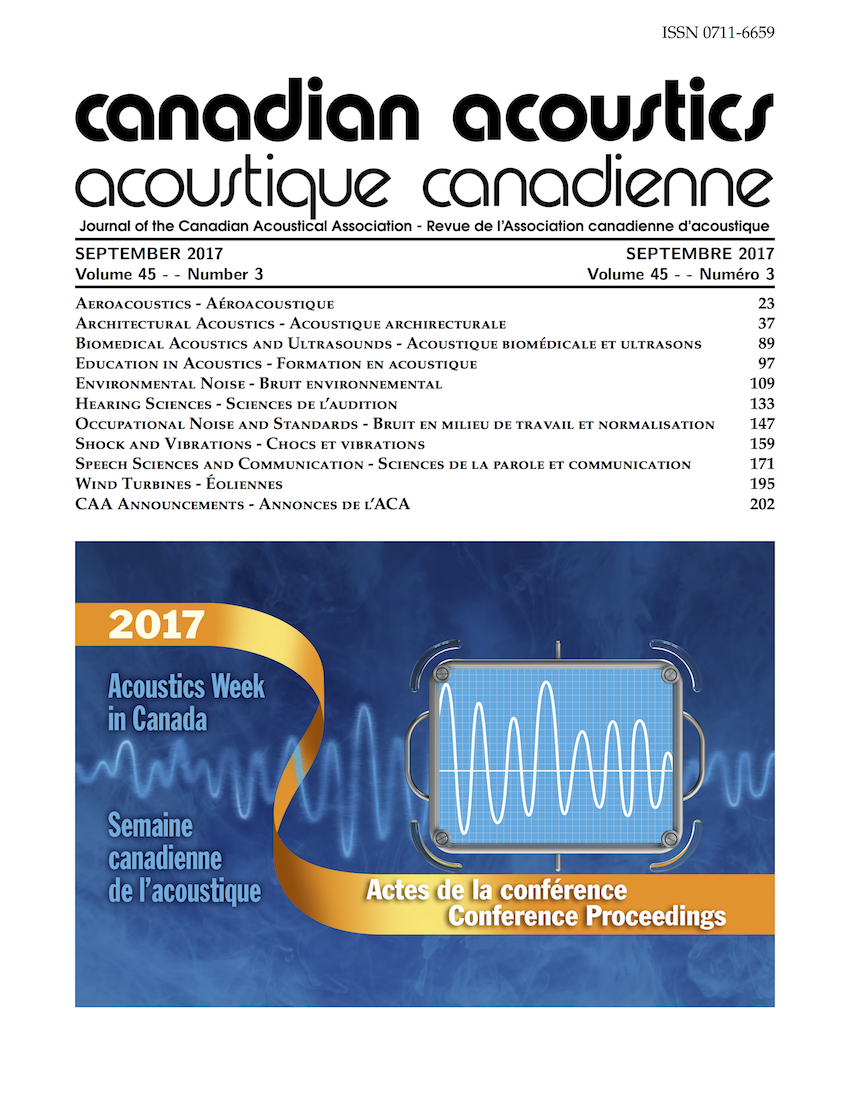Operational transfer path analysis: Practical Considerations for Selecting Sensor Positions
Abstract
Operational transfer path analysis (OTPA) is an alternative to classical transfer path analysis (TPA) as a method used to predict the noise or vibration source and/or path contributions to the response of a system. Both methods are based on the assumption that there is a linear relationship between input (reference) and response positions; however, while the classical TPA mehtod uses a known input force to compute the transfer functions as FRF's, which are then multiplied by a known input force to compute the contributions to the response at the reciever position, the OTPA method uses operational measureable quantities to compute both the transfer functions (in this case transmissibilities) and the response to the receiver.
Although OTPA is currently used predominantly for vehicle noise, vibraiton and harshness (NVH) assessment, the method is useful for any noise/vibration assessment where a ranking of the source and/or path contributions at the reciver position(s) is desired, e.g. industrial installations, building HVAC installations, complex machinery and appliances, trains, aircraft, ships, construction equipment.
The goal of this paper is to introduce the underlying theory behind the OTPA method, as well as to highlight some practical considerations for selecting sensor positions and the OTPA post-processing. The practical considerations are highlighted through the description of a case study and by recreating the results of the case study via a simple numerical model.
Additional Files
Published
How to Cite
Issue
Section
License
Author Licensing Addendum
This Licensing Addendum ("Addendum") is entered into between the undersigned Author(s) and Canadian Acoustics journal published by the Canadian Acoustical Association (hereinafter referred to as the "Publisher"). The Author(s) and the Publisher agree as follows:
-
Retained Rights: The Author(s) retain(s) the following rights:
- The right to reproduce, distribute, and publicly display the Work on the Author's personal website or the website of the Author's institution.
- The right to use the Work in the Author's teaching activities and presentations.
- The right to include the Work in a compilation for the Author's personal use, not for sale.
-
Grant of License: The Author(s) grant(s) to the Publisher a worldwide exclusive license to publish, reproduce, distribute, and display the Work in Canadian Acoustics and any other formats and media deemed appropriate by the Publisher.
-
Attribution: The Publisher agrees to include proper attribution to the Author(s) in all publications and reproductions of the Work.
-
No Conflict: This Addendum is intended to be in harmony with, and not in conflict with, the terms and conditions of the original agreement entered into between the Author(s) and the Publisher.
-
Copyright Clause: Copyright on articles is held by the Author(s). The corresponding Author has the right to grant on behalf of all Authors and does grant on behalf of all Authors, a worldwide exclusive license to the Publisher and its licensees in perpetuity, in all forms, formats, and media (whether known now or created in the future), including but not limited to the rights to publish, reproduce, distribute, display, store, translate, create adaptations, reprints, include within collections, and create summaries, extracts, and/or abstracts of the Contribution.


